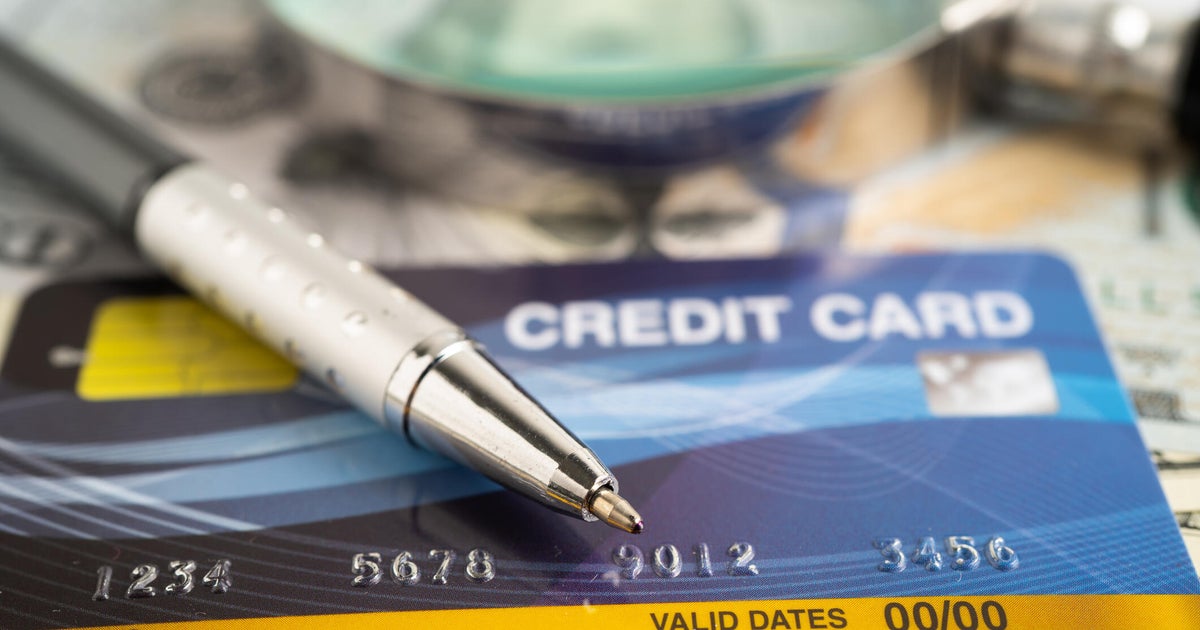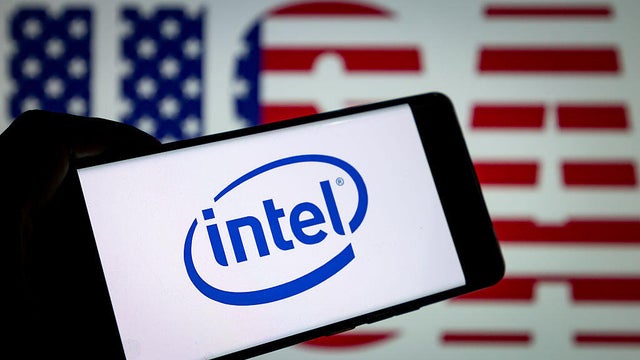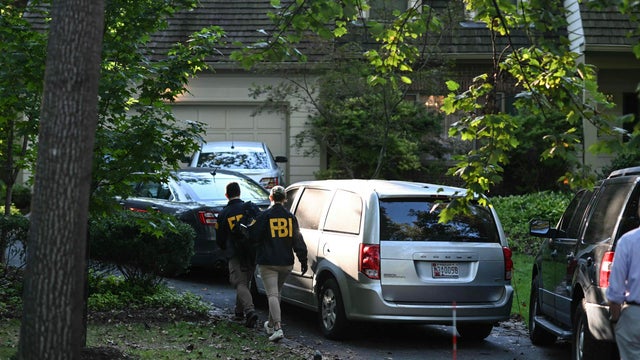

Credit card forbearance is a temporary suspension or reduction of your credit card payments agreed upon between you and your credit card issuer. It's not a forgiveness of debt; rather, it's a postponement or modification of your payments during a period of financial hardship. The missed payments will typically be added to your balance later, often with accrued interest. What forbearance might look like: Payment reduction: You might pay a lower minimum payment amount than usual. Temporary suspension: You may be allowed to temporarily skip payments altogether. Interest rate reduction (less common): In some cases, the interest rate on your balance might be temporarily lowered. Who qualifies for credit card forbearance in September (or any month)? There's no single, universal qualification for credit card forbearance. Credit card issuers have their own policies and criteria, but generally, they'll consider applications from cardholders experiencing significant financial hardship. This could include, but isn't limited to: Job loss: Unemployment or a significant reduction in income is a common reason. Medical emergency: Unexpected and substantial medical bills can qualify. Natural disaster: Damage to your property from a hurricane, wildfire, or other disaster can make payments difficult. Severe illness or injury: Prolonged illness or injury preventing work can be grounds for consideration. Family emergency: Significant unexpected expenses related to a family crisis. Important Note: Credit card forbearance isn't automatically granted. You'll need to contact your credit card issuer directly and explain your situation. Be prepared to provide documentation to support your claim of financial hardship, such as proof of unemployment, medical bills, or insurance claim documentation. The issuer will assess your situation and decide whether to grant forbearance and the terms of that forbearance. What happens after forbearance ends? Once the forbearance period ends, you'll be required to resume your regular payments, often with the missed payments and accumulated interest added to your balance. This can significantly increase your debt. It's crucial to understand the terms of your forbearance agreement before agreeing to it, and to develop a plan to repay the accumulated debt after the forbearance period concludes. Failing to do so could lead to further negative consequences, including account delinquency and damage to your credit score. Finally, remember that credit card forbearance is just one option. It's advisable to explore all available options, including budgeting assistance, debt counseling, and negotiating payment plans directly with your creditors.

As credit card balances hit new highs, many Americans are feeling the strain. According to the Federal Reserve Bank of New York, total credit card debt , with the average household . On top of that, credit card interest rates remain near record levels as they , which means even modest debts are growing more expensive by the month.
The rising cost of borrowing is also colliding with another troubling trend: late payments. have been steadily climbing, particularly among younger borrowers and those with lower incomes. And, for some, is all it takes to trigger a cycle of fees, penalty APRs and mounting financial stress. In this environment, it's no surprise that many cardholders are searching for wherever they can find it.
One option that sometimes surfaces during economic strain is credit card forbearance. While it isn't as widely discussed as many other debt relief strategies, forbearance can give borrowers breathing room in the short term. But not everyone is eligible, and those who do qualify should weigh the trade-offs carefully.
.
Credit card forbearance is a temporary arrangement offered by some credit card issuers that for a limited period of time. Unlike debt forgiveness, it doesn't erase what you owe. Instead, it gives you extra time to get your finances in order without the immediate pressure of making full monthly payments.
Forbearance programs may vary depending on the issuer, but they typically include:
It's important to remember that forbearance is a short-term solution. Once the program ends, your payments resume, and in many cases, interest continues to accrue on the outstanding balance even during the forbearance period. That means your debt could grow larger if you're not careful.
.
Credit card forbearance isn't automatically granted. It's typically reserved for . And many issuers have been tightening their standards, making it more important than ever to demonstrate a clear need. That said, you may qualify if:
Even if you meet these criteria, approval is not guaranteed. After all, some issuers are more willing to offer forbearance than others, and each lender sets its own rules.
If your issuer doesn't approve you for forbearance, you still have options to regain control of your debt. Some alternatives include:
Credit card forbearance can provide short-term relief if you're struggling to make ends meet this fall, but it's not a cure-all. Qualifying requires proof of hardship, and even then, your lender may or may not agree to pause your payments. For those who don't qualify, other debt relief strategies, from balance transfers to debt management plans, can provide a more sustainable path forward.
No matter what route you take, though, it's a good idea to act quickly. Waiting until your account balance grows or you slip deeper into delinquency can limit your options and make it harder to recover. By reaching out to your lender and exploring alternatives now, though, you'll put yourself in a better position to regain control of your finances before the problem grows.





